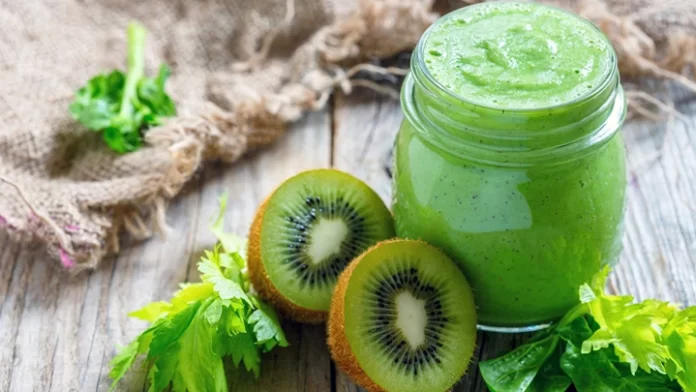According to recent studies, Kiwifruit is the most nutrient dense of all the major fruits. Many people already know that kiwifruit is packed with more vitamin C than an orange. But here are a few of the other healthful nutrients you’ll get when you enjoy a fresh kiwi:
Lutein
This phytochemical is receiving a great deal of recent attention for its effectiveness in reducing the risk of cancer, heart disease, and may help prevent cataracts and macular degeneration – a leading cause of blindness.This carotenoid functions as an antioxidant, and next to yellow corn, a single serving of kiwifruit (2 medium kiwifruit) is the richest source of lutein in the vegetable world.
Fiber
Soluble fiber protects against heart disease and diabetes, while insoluble fiber reduces the risk of some cancers, constipation, and diverticulitis. A single serving of kiwifruit contains both types of fiber!
A single serving containing Folate, helps protect against birth defects, cancer and heart disease, and helps prevent 70% of neural tube in babies each year. This is especially important for all woman of child bearing age.Magnesium found in a serving of kiwifruit is a vital mineral, whose intake often falls short in the American diet, but is important for bone formation, heart rhythm regulation, muscle relaxation and nerve function.The Vitamin E found in a serving of kiwifruit may reduce the risk of heart disease, cancer and exercise-induced oxidative damage. Unlike most sources of Vitamin E, kiwifruit is a low-fat food source of vitamin E (typically found in high-fat foods like oils and nuts).




